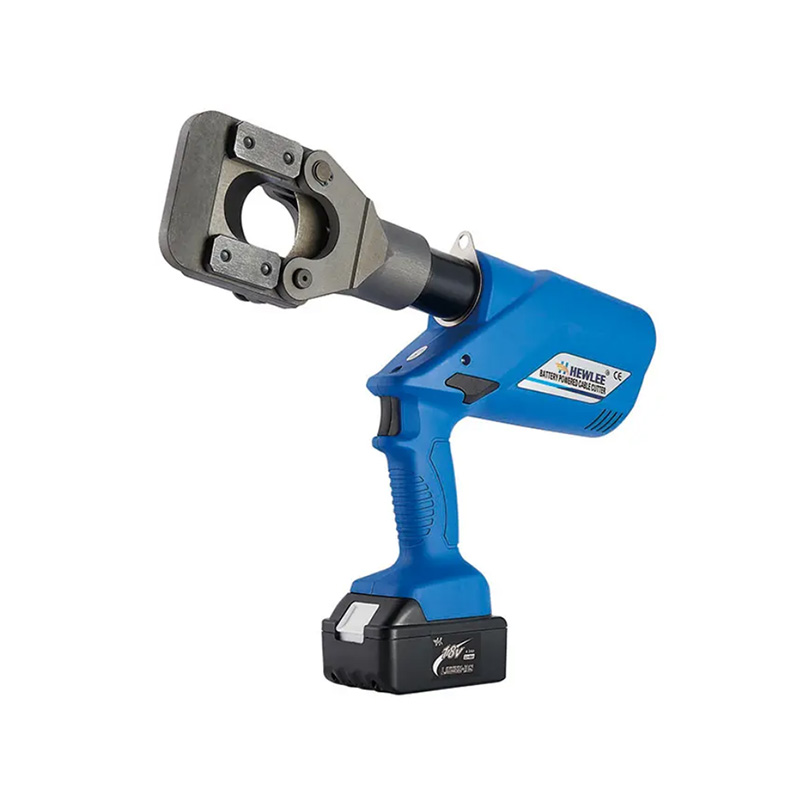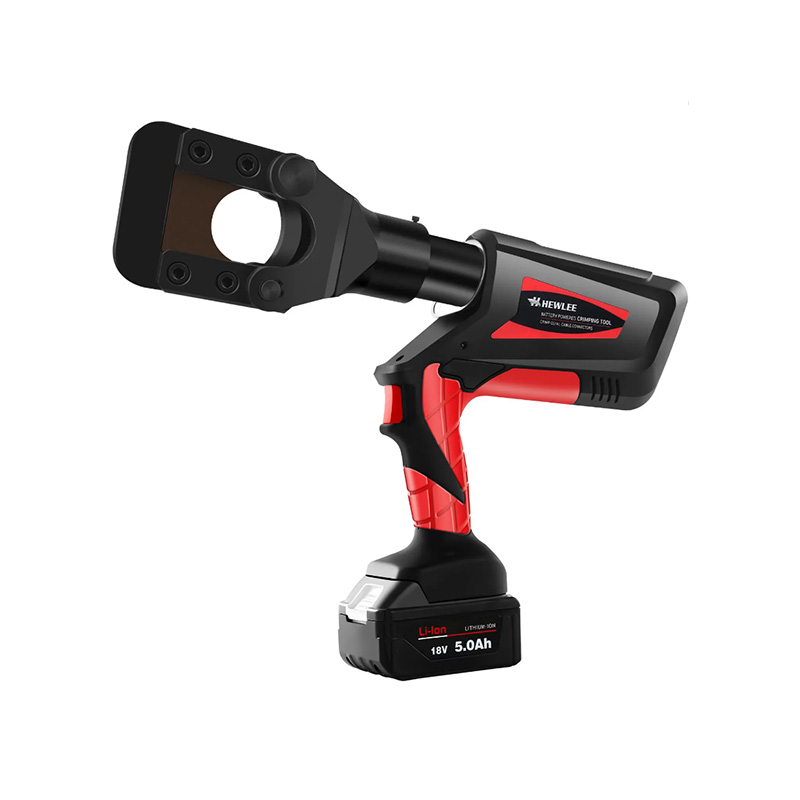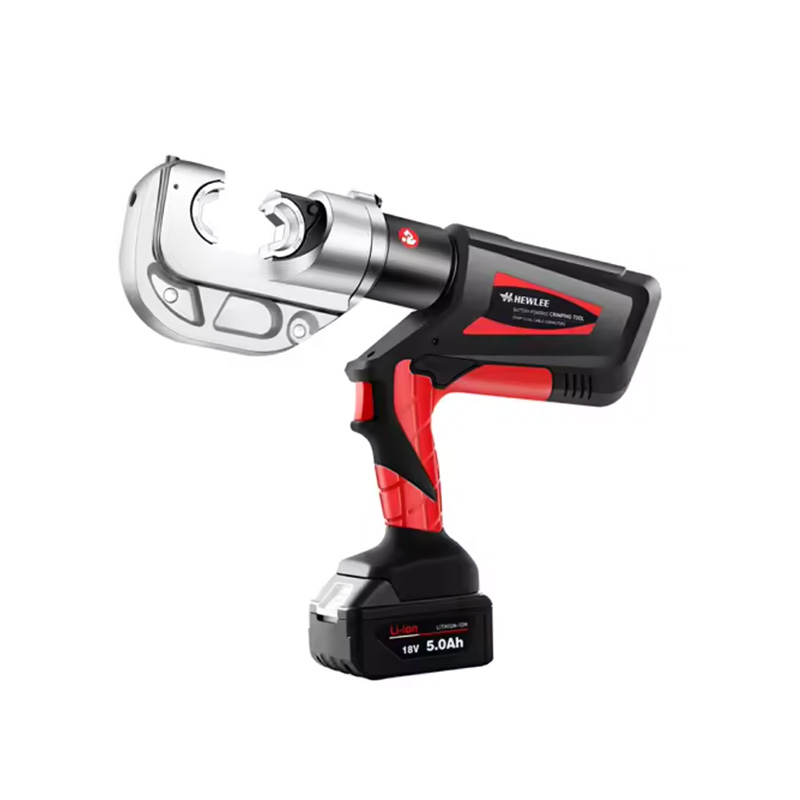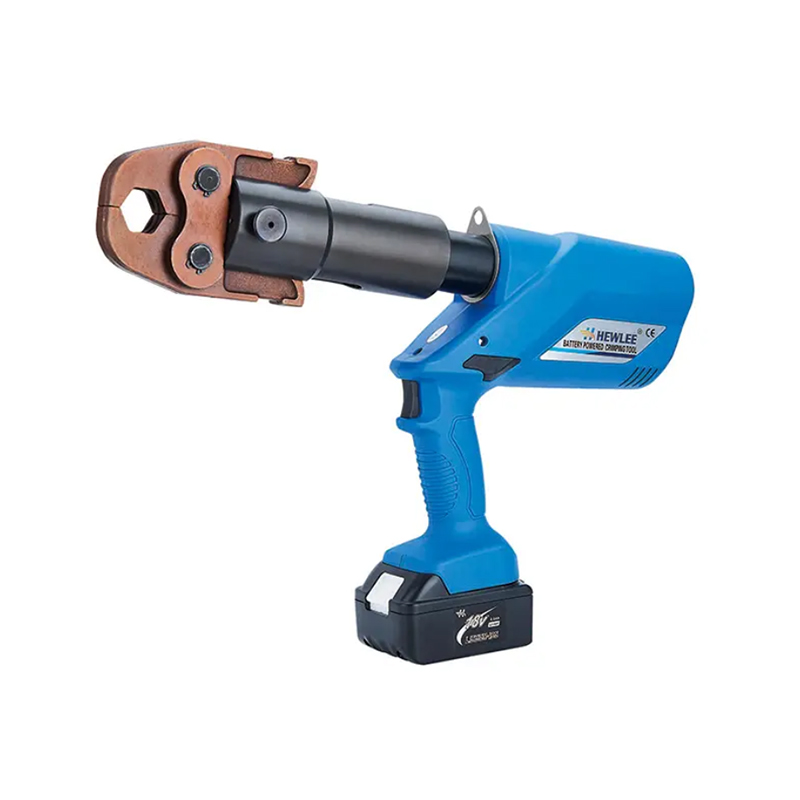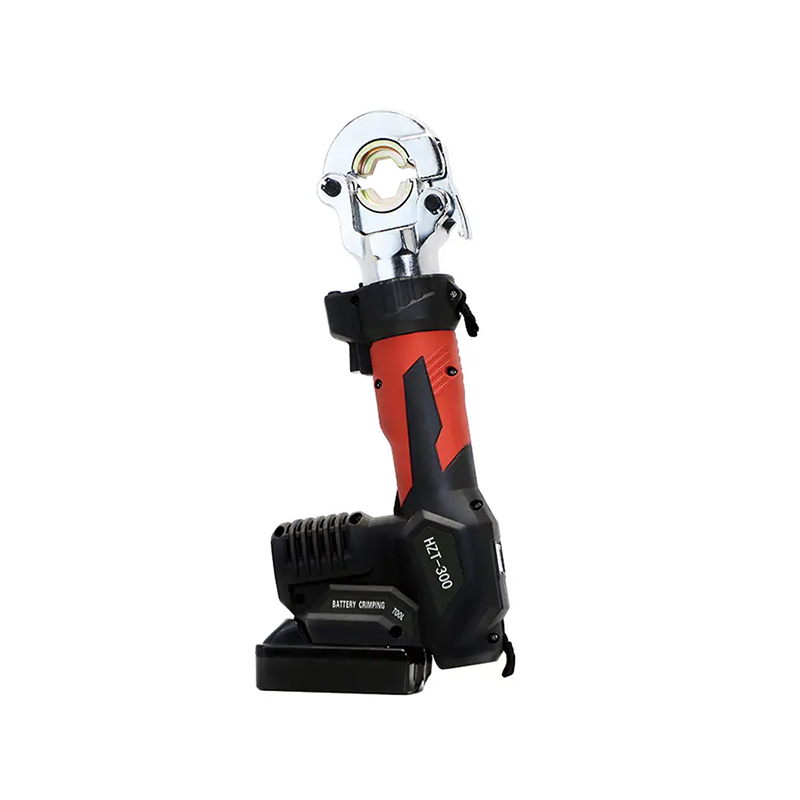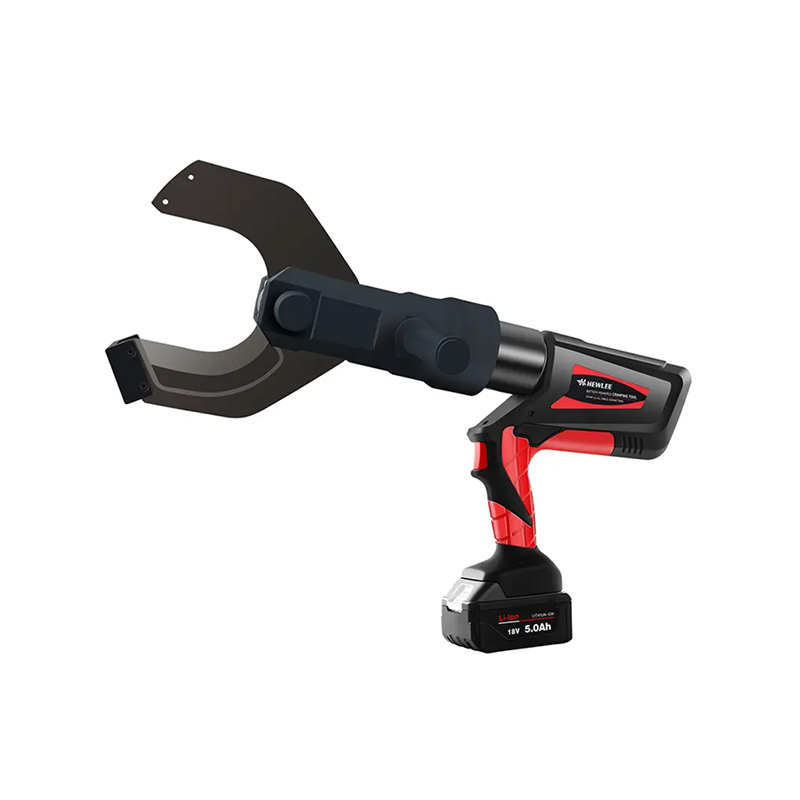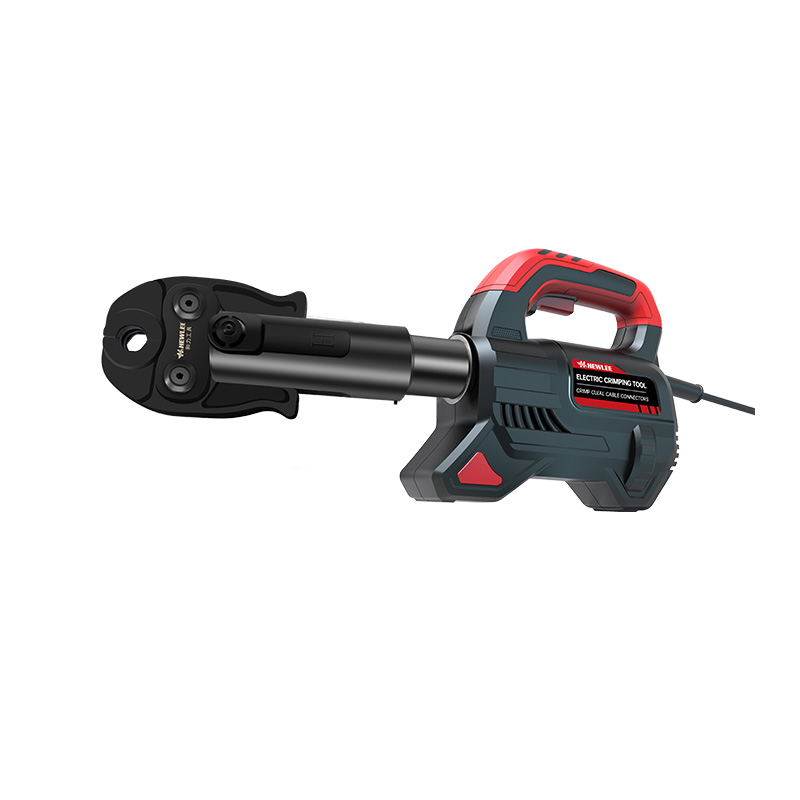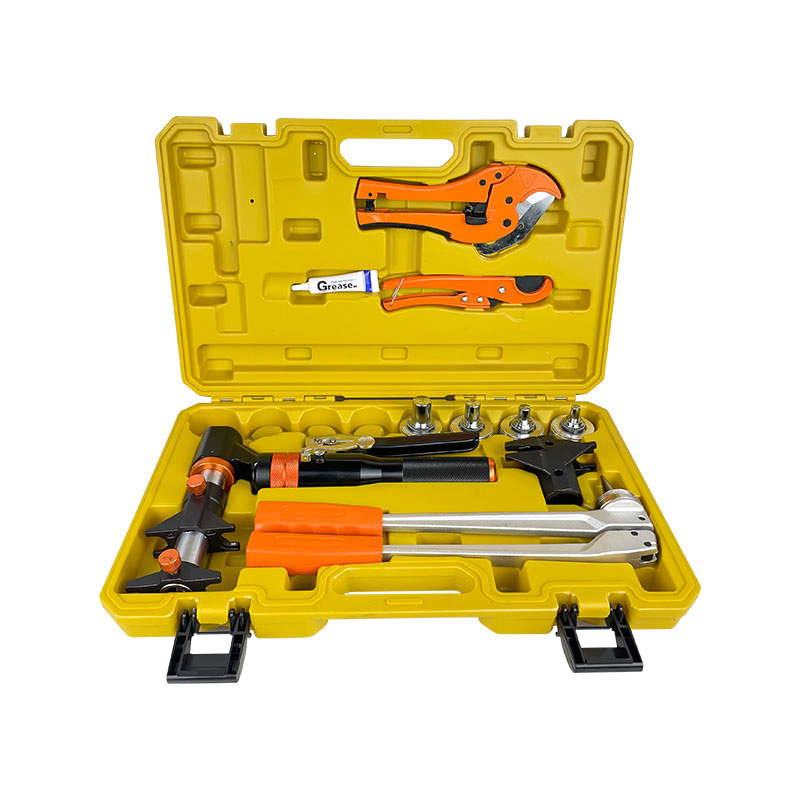Contact us to find out how our products can transform your business and take it to the next level.
The Importance Of Quality Control In Battery Assembly
 2024.10.21
2024.10.21
 Industry News
Industry News
In an era where energy storage solutions are crucial to technological advancement, ensuring the reliability and efficiency of battery assembly processes cannot be overstated. As demand for batteries grows across various sectors- from electric vehicles to renewable energy systems-the stakes for quality control in battery assembly rise significantly. This article delves into the integral role of quality control in battery assembly, particularly through the use of manual wire crimpers, electric crimping machines, and electric hydraulic crimping tools.
The battery assembly process is complex and multifaceted, encompassing numerous components that must work in harmony. Any failure in this system can advance to inefficiencies, safety hazards, and increased costs. This is where quality control becomes paramount. Implementing rigorous quality control measures ensures that each component meets specific standards, thereby enhancing the overall performance and safety of the battery.
One of the critical steps in battery assembly involves connecting wires to terminals. This is often achieved through crimping, a process that joins wires and terminals without soldering. Manual wire crimpers are widely used for this purpose, especially in small-scale or specialized applications. They offer operators a hands-on approach to ensure that each crimp is secure. However, reliance solely on manual crimping can advance to inconsistencies, especially when production scales up.
As production demands increase, transitioning to electric crimping machines can significantly improve efficiency and consistency in the crimping process. These machines automate the crimping task, ensuring a uniform application of force and reducing the likelihood of human error. By utilizing electric crimping machines, manufacturers can achieve greater throughput while maintaining a high level of precision. The automation not only speeds up the production process but also provides detailed feedback on each crimp, enabling operators to monitor quality in real time.
For even more demanding applications, electric hydraulic crimping tools offer an advanced solution. These tools combine the power of hydraulics with electric control, allowing for high-capacity crimping in a compact design. This versatility makes them ideal for larger battery systems that require robust connections. Moreover, the use of electric hydraulic tools further less the risk of defects in crimping, ensuring that connections are not only secure but also capable of withstanding the operational stresses of high-performance batteries.
Quality control in battery assembly is not just about the crimping process; it encompasses every step, from material selection to final inspections. Implementing quality checks at various stages of production can catch potential issues before they escalate. For instance, before crimping, it is essential to verify that the wires and terminals are free from defects. After crimping, testing the integrity of each connection can prevent failures in the field, safeguarding both the product and its users.
In addition to enhancing safety and performance, a robust quality control system can advance to cost savings in the long run. By preventing defects and ensuring that batteries meet required standards, manufacturers can reduce the likelihood of returns, warranty claims, and recalls. These cost-saving measures ultimately contribute to a healthier bottom line, allowing companies to invest more in research and development for innovative battery technologies.
Moreover, as environmental concerns gain traction globally, quality control in battery assembly becomes increasingly critical. Batteries that do not function as intended can advance to premature disposal, which has significant environmental implications. Ensuring that each battery is assembled with high quality standards contributes to sustainability efforts, reducing waste and promoting a circular economy.
To sum up, the importance of quality control in battery assembly cannot be underestimated. Utilizing tools like manual wire crimpers, electric crimping machines, and electric hydraulic crimping tools is essential to achieving a reliable, efficient assembly process. By implementing thorough quality control measures, manufacturers can enhance safety, improve performance, and achieve significant cost savings. As the demand for battery solutions continues to grow, so too does the need for a commitment to quality that will ultimately drive innovation and sustainability in the industry.
 English
English русский
русский Español
Español
